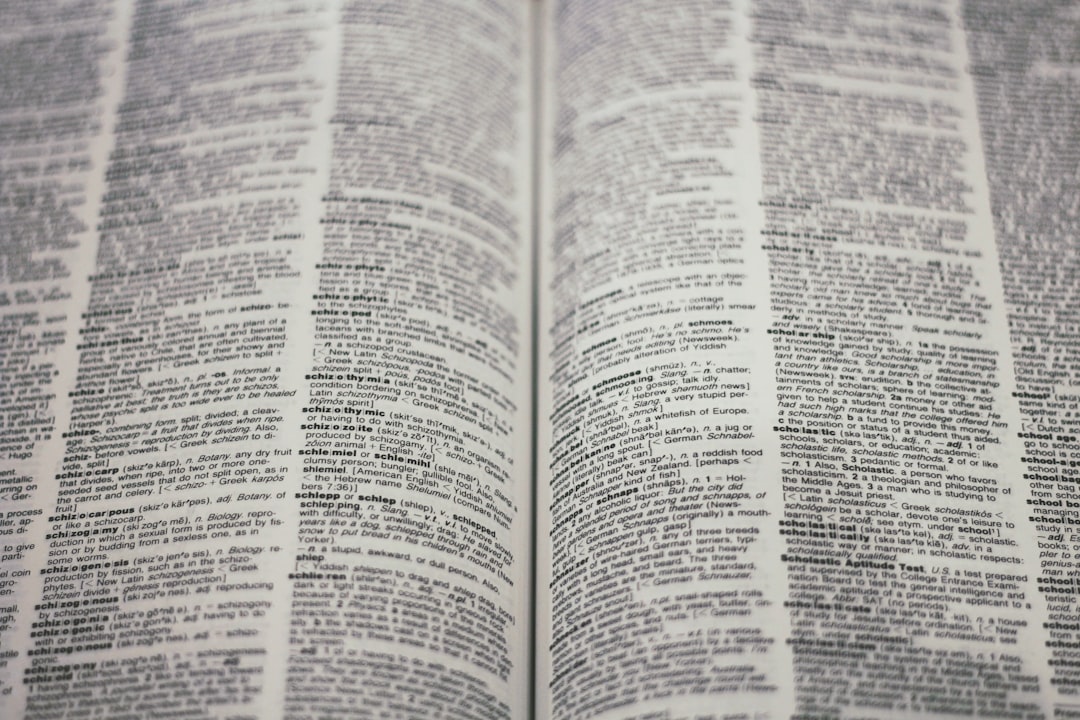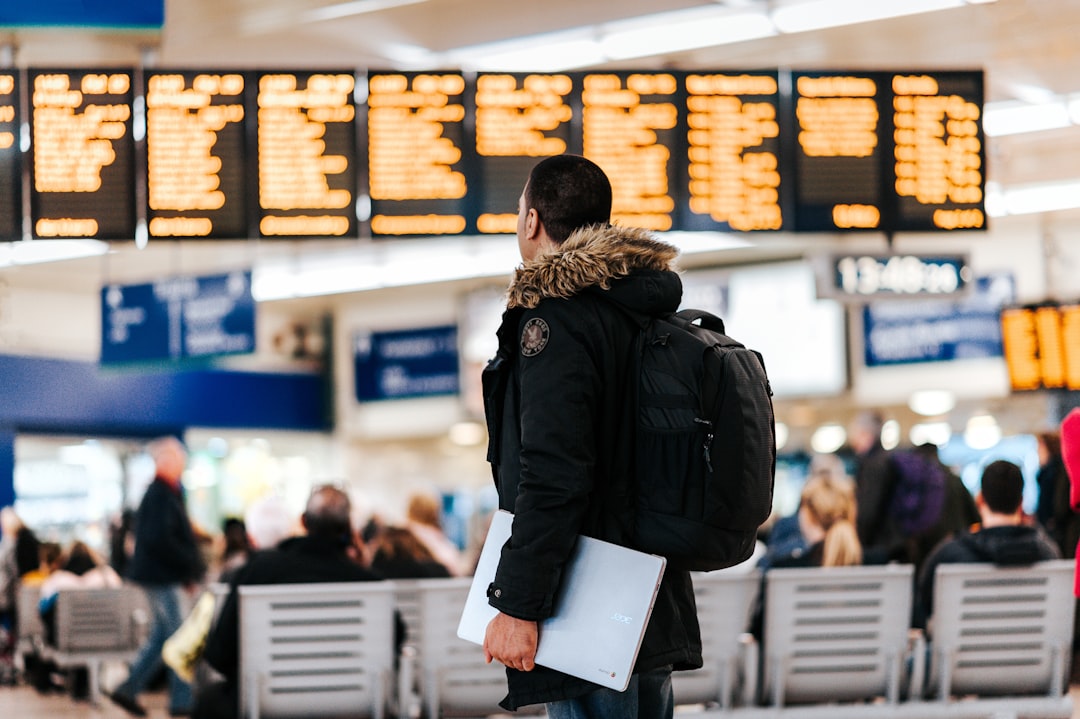In recent years, the proliferation of social media has transformed the way information is disseminated and consumed. While platforms like Facebook, Twitter, and Instagram have democratized the flow of information, they have also become breeding grounds for misinformation and fake news. The term “fake news” refers to fabricated stories that are presented as legitimate news, often with the intent to mislead or manipulate public opinion.
This phenomenon has gained traction, particularly during significant events such as elections, public health crises, and social movements, where the stakes are high and emotions run deep. The rapid spread of fake news can be attributed to the viral nature of social media, where sensational headlines and emotionally charged content are more likely to be shared, regardless of their veracity. The consequences of fake news are far-reaching.
Misinformation can sway public opinion, incite violence, and undermine trust in legitimate news sources. For instance, during the COVID-19 pandemic, false information about the virus’s origins and treatment options proliferated online, leading to confusion and harmful behaviors among the public. As a result, the need for effective mechanisms to identify and combat fake news has never been more pressing.
The challenge lies not only in recognizing false information but also in understanding the motivations behind its creation and dissemination. As we delve deeper into this issue, it becomes clear that artificial intelligence (AI) has emerged as a powerful tool in the fight against fake news.
AI systems are revolutionizing industries, for more information visit
One of the most promising applications of AI in combating fake news is its ability to perform automatic fact-checking. Traditional fact-checking relies heavily on human expertise and can be time-consuming, often resulting in delays that allow misinformation to spread unchecked. In contrast, AI systems can rapidly cross-reference claims made in articles or social media posts against a vast database of verified information.
By leveraging NLP techniques, these systems can parse text for specific claims and assess their accuracy against reputable sources. For instance, if a user shares a post claiming that a certain politician made a controversial statement, an AI-powered fact-checking tool can quickly analyze the claim and compare it to existing records from trusted news outlets or official statements. If discrepancies are found, the tool can flag the post as potentially misleading and provide users with context or corrections.
This immediate feedback loop not only helps users make informed decisions about the content they consume but also serves as a deterrent for those who might spread false information without considering its implications.
The Importance of Source Verification in Fake News Detection
While AI plays a crucial role in identifying fake news, source verification remains an essential component of effective detection strategies. The credibility of a piece of information is often tied to its source; therefore, understanding who is behind a claim is vital for assessing its reliability. AI systems can assist in this process by analyzing the reputation of sources based on historical data and user feedback.
For example, if a particular website has a track record of publishing false information or conspiracy theories, an AI tool can flag content from that source as suspicious. Moreover, source verification extends beyond just identifying reputable outlets; it also involves examining the context in which information is presented. A legitimate source may publish an article that misrepresents facts or takes statements out of context.
AI can help identify these nuances by analyzing the language used and comparing it to established facts. By prioritizing source verification alongside content analysis, AI-driven tools can provide users with a more comprehensive understanding of the information landscape, empowering them to discern fact from fiction more effectively.
Challenges in AI-based Fake News Detection
Despite its potential, AI-based fake news detection faces several challenges that must be addressed for these systems to be truly effective. One significant hurdle is the ever-evolving nature of misinformation itself.
As technology advances, so do the tactics employed by those who create fake news.
For instance, deepfake technology allows for the creation of hyper-realistic videos that can easily mislead viewers. Traditional AI models may struggle to keep up with these innovations unless they are continuously updated and trained on new data. Another challenge lies in the inherent biases present in AI algorithms.
If an AI system is trained on biased data or lacks diversity in its training set, it may inadvertently perpetuate those biases in its assessments. This could lead to unfairly labeling legitimate content as fake or failing to recognize certain types of misinformation altogether. To mitigate these risks, developers must prioritize transparency and inclusivity in their training processes while also incorporating diverse perspectives into their datasets.
Ethical Considerations in AI-based Fake News Detection

The deployment of AI in fake news detection raises important ethical considerations that must be carefully navigated. One primary concern is the potential for censorship or overreach by tech companies that develop these tools. If AI systems are given too much power in determining what constitutes “fake news,” there is a risk that legitimate voices may be silenced or marginalized.
Striking a balance between combating misinformation and preserving free speech is crucial to maintaining a healthy information ecosystem. Additionally, transparency is vital when it comes to how AI algorithms operate and make decisions. Users should have access to information about how these systems assess credibility and what criteria they use to flag content as misleading.
Without this transparency, there is a risk that users may lose trust in both the technology and the platforms employing it. Ethical considerations must also extend to data privacy; users should be informed about how their data is used to train AI models and how their interactions with these systems are monitored.
The Future of AI-based Fake News Detection
Looking ahead, the future of AI-based fake news detection appears promising yet complex. As technology continues to advance, we can expect more sophisticated algorithms capable of understanding context and nuance in language better than ever before. This evolution will likely lead to more accurate assessments of information credibility and improved user experiences when navigating online content.
Moreover, collaboration between tech companies, researchers, and policymakers will be essential in shaping effective strategies for combating fake news. By working together, stakeholders can develop comprehensive frameworks that prioritize transparency, accountability, and ethical considerations while harnessing the power of AI technology. As society grapples with the challenges posed by misinformation, fostering an environment where accurate information thrives will be paramount.
Combating Fake News in Social Media with AI Technology
In conclusion, combating fake news on social media requires a multifaceted approach that leverages the capabilities of artificial intelligence while also addressing ethical concerns and challenges inherent in this space. AI has already demonstrated its potential as a powerful ally in detecting misinformation through automatic fact-checking and source verification processes. However, it is crucial to remain vigilant about biases within these systems and ensure that they operate transparently.
As we move forward into an increasingly digital future, embracing innovative technologies like AI will be essential for safeguarding the integrity of information shared online. By fostering collaboration among various stakeholders and prioritizing ethical considerations alongside technological advancements, we can work towards creating a more informed society where truth prevails over deception. The fight against fake news is ongoing; however, with continued investment in AI research and development, we stand a better chance at preserving the quality of information that shapes our world today.
In the realm of AI-based fake news detection, the challenge of discerning truth from falsehood on social media platforms is becoming increasingly complex. As we delve into the intricacies of automatic fact-checking and source verification, it’s fascinating to consider how these technologies might intersect with emerging digital landscapes. For instance, the article












Leave a Reply